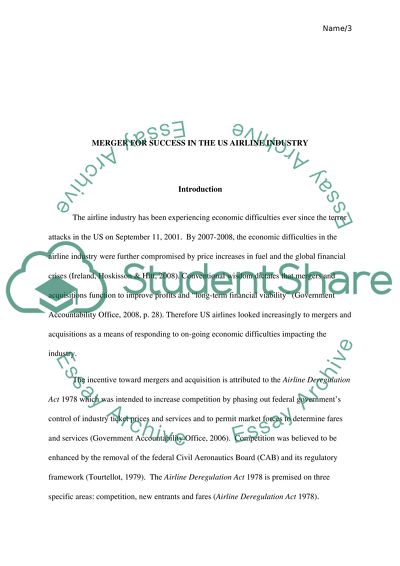Cite this document
(“Merger For Success In The US Airline Industry Research Paper”, n.d.)
Retrieved from https://studentshare.org/law/1396775-merger-for-success-in-the-us-airline-industry
Retrieved from https://studentshare.org/law/1396775-merger-for-success-in-the-us-airline-industry
(Merger For Success In The US Airline Industry Research Paper)
https://studentshare.org/law/1396775-merger-for-success-in-the-us-airline-industry.
https://studentshare.org/law/1396775-merger-for-success-in-the-us-airline-industry.
“Merger For Success In The US Airline Industry Research Paper”, n.d. https://studentshare.org/law/1396775-merger-for-success-in-the-us-airline-industry.


